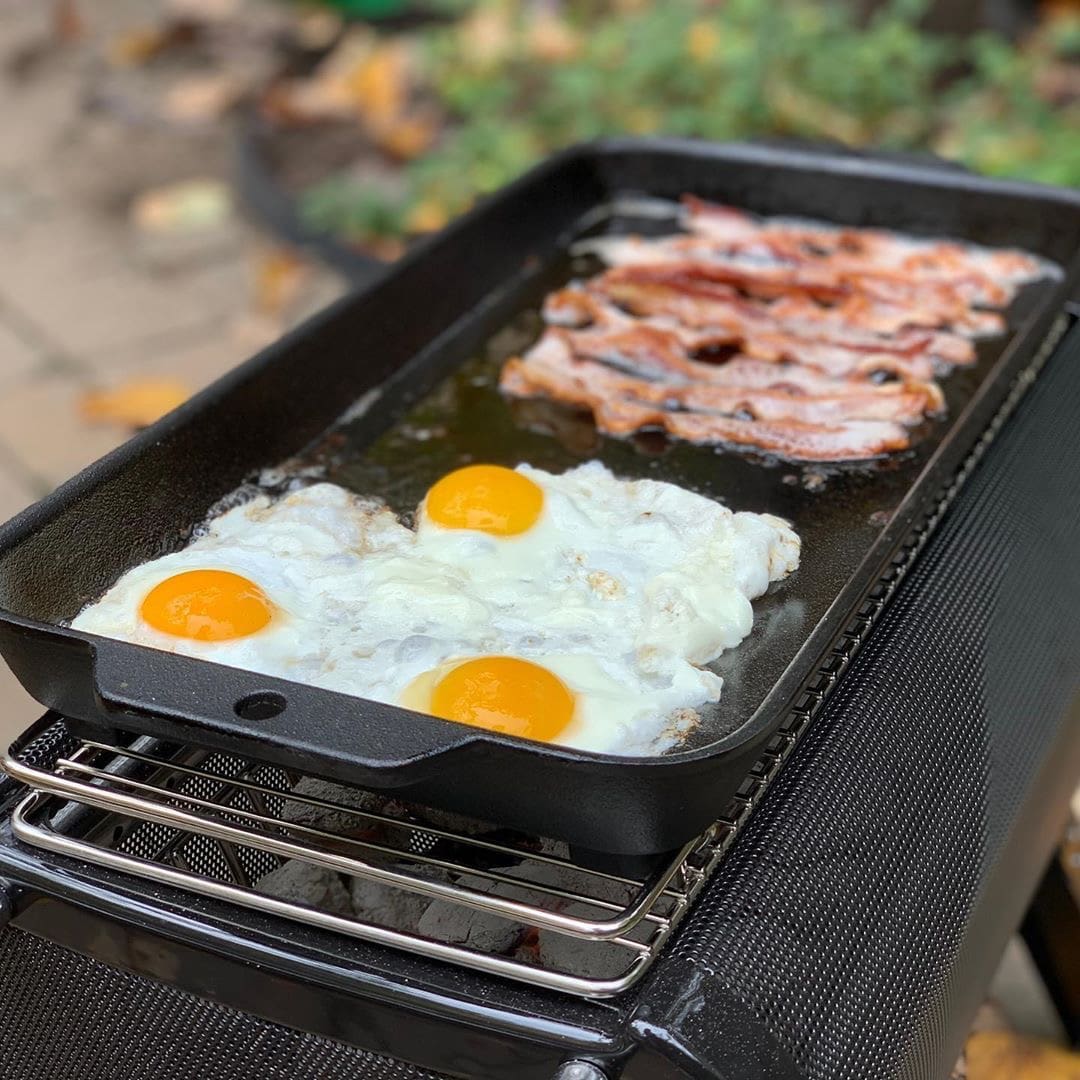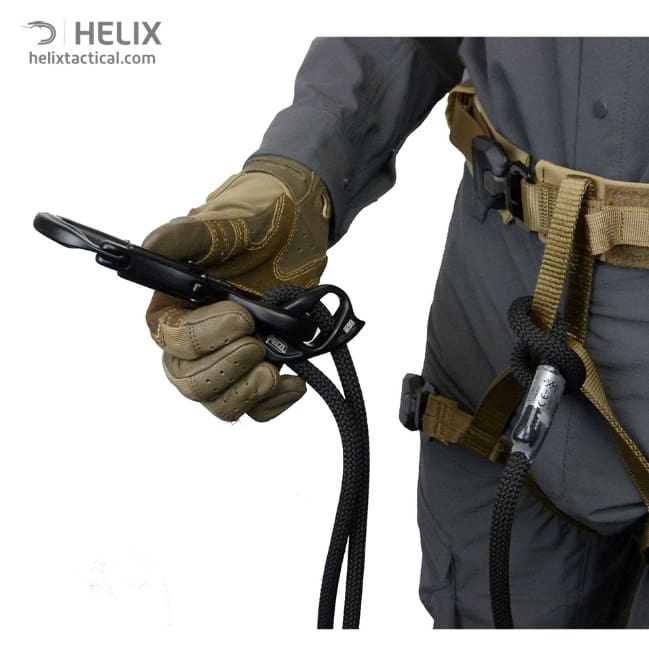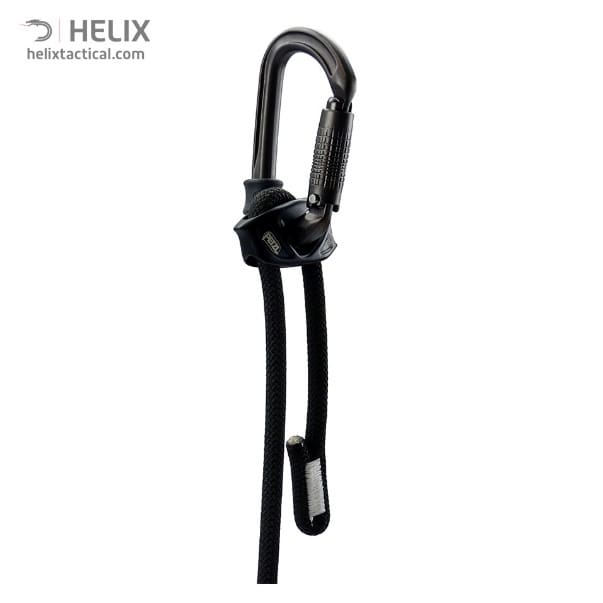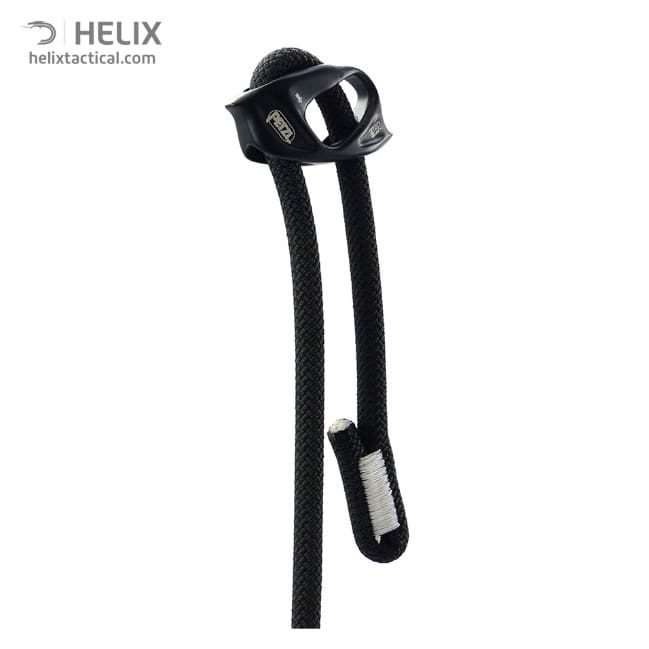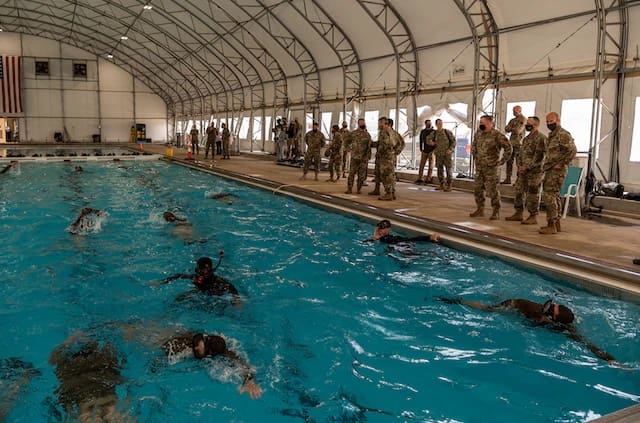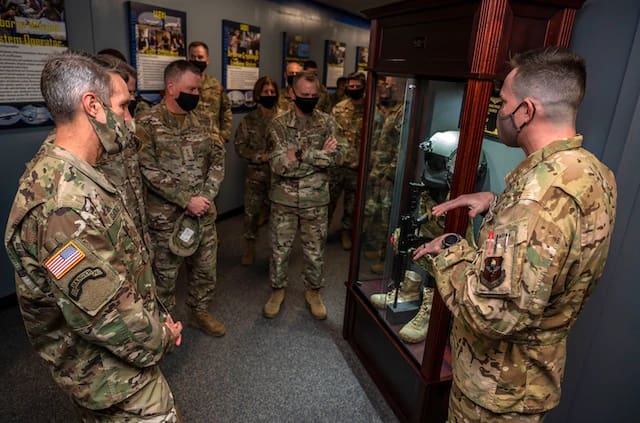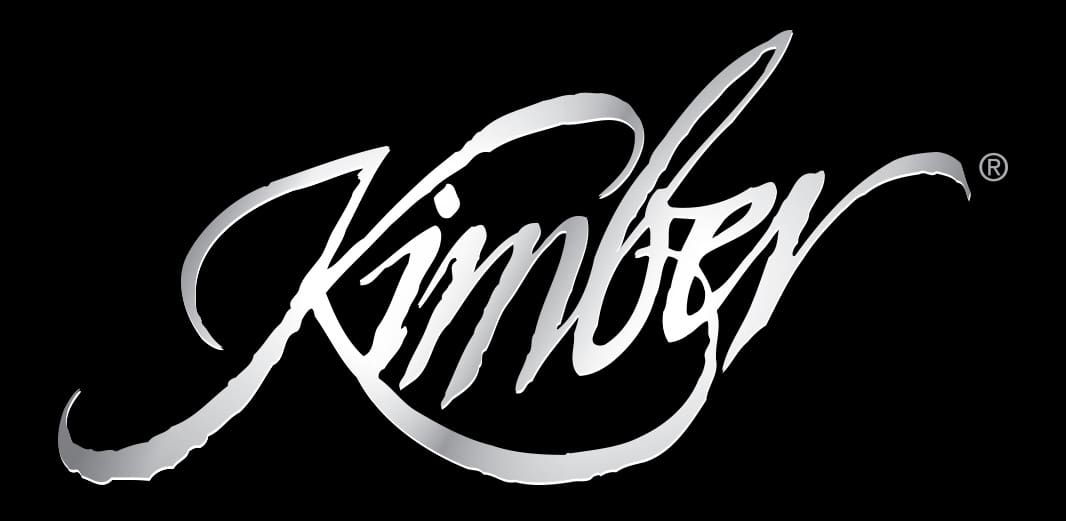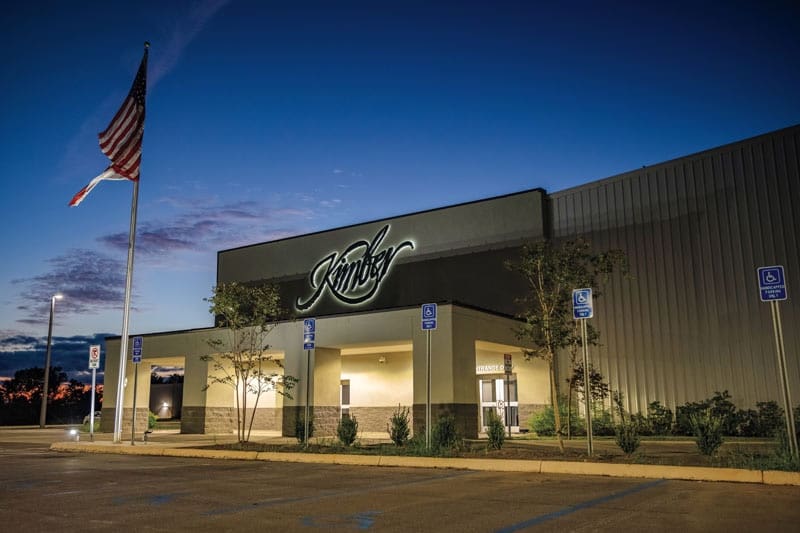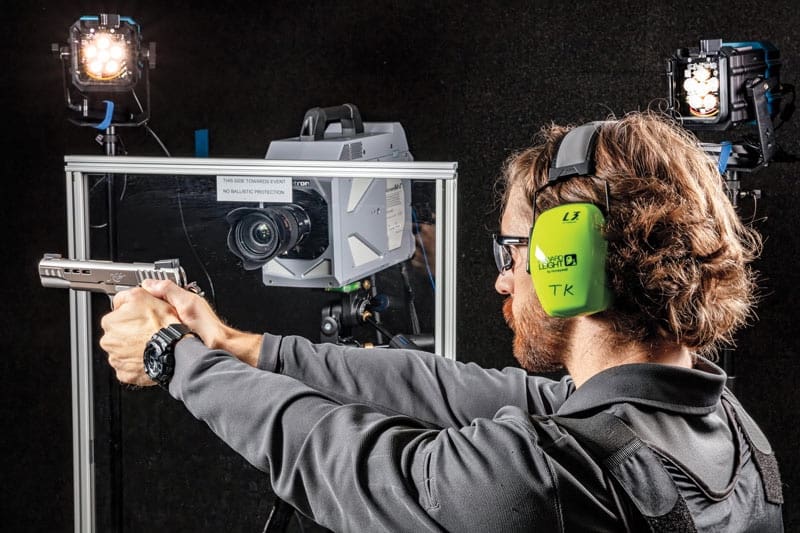Intro: SITKA Gear recently announced that they are launching a new line focused on the SOF operator next year. SSD got a chance to catch up with Sika’s founder Jonathon Hart for a short Q&A.

SSD: Let’s just cut to the chase. Why create SITKA Gear?
JH: The inspiration tale can be found on our website, but in the end, it came down to requiring performance clothing I had used in other sports, for hunting. I was cold and miserable on a mountain and I should have been having a great time. I said to myself, “the stuff I’m wearing sucks. I wish I had my climbing stuff.”
A hunter will go through rain, sleet, snow, and wind to get to where the bulls are bugling. At the time, the hunting world was archaic, at least a decade behind the outdoor industry. My goal was to change that.
Ultimately, our expertise is building amazing products.
SSD: And what year was this?
JH: 2005.
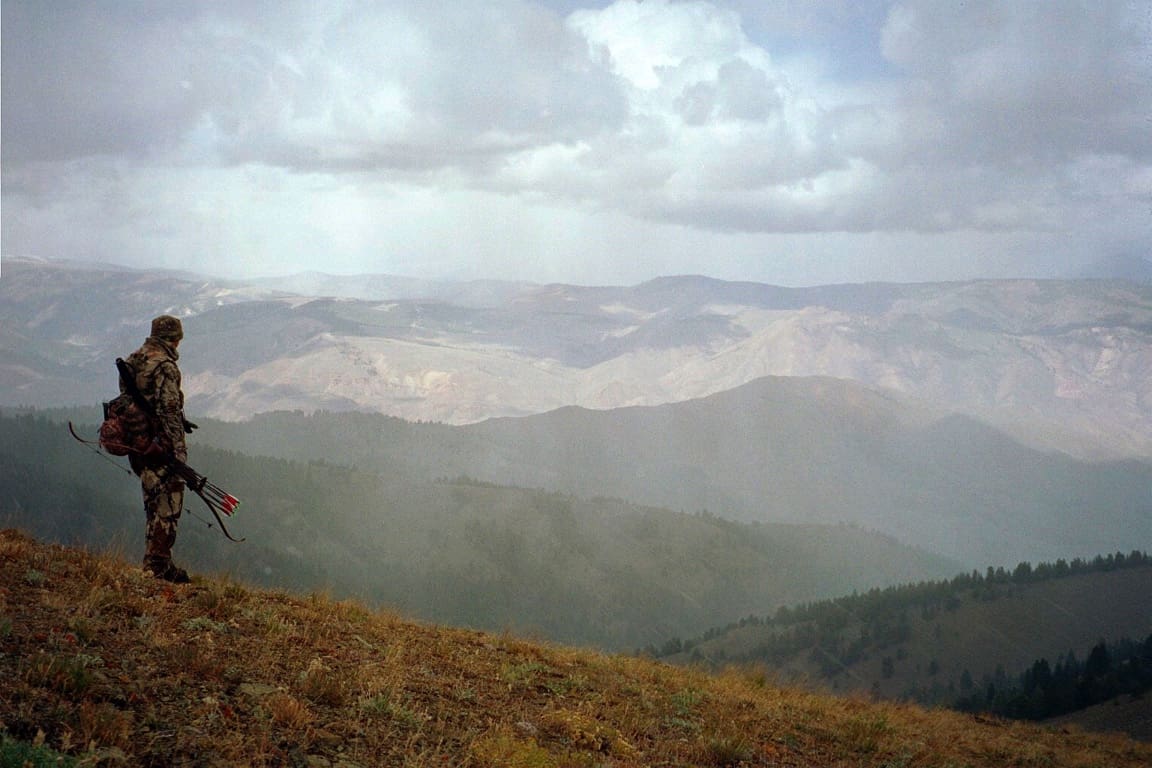
SSD: Tell us about the state of the art of hunting clothing in 2005.
JH: At the time, hunting was dominated by camouflage patterns. All of the money was in the licensing. They’d sell fabric to manufacturers who would assemble it as they saw fit. Hunting clothing was utilitarian, and the choice of fabrics was pretty narrow, lots of cotton and polyester.
As a hunter, it came down to whether you were wearing Mossy Oak or Realtree. Those two brands really dominated and controlled the supply chain. There were a few other patterns, but it was nothing like today.
The industry thought of camouflage as an identity and concentrated on photo-realistic patterns, meaning a tree looks like a tree in the pattern.
We needed a visual differentiation. I found this small company named Mothwing that took a new approach. It was all about shapes and color. The pattern was optimized for Whitetail and Turkey hunting so I figured out how to change the colors for other environments. We needed a commercially viable color palette. We did a lot of testing to get those colors right. That’s something you’d never get away with today.
Eventually, we developed the OPTIFADE patterns and they do what our customers demand, they perform. We still make some items in other patterns, as well as solids, but OPTIFADE, in its different variants, dominates sales.
SSD: What were your biggest challenges?
JH: To a certain degree, not knowing the rules meant not being burdened by them.
Our Achilles heel was the ability to print fabric. We had to develop the relationships needed to get camouflage pattern on performance fabrics. There were challenges and it took a while to get the prints right. We developed an entirely new supply chain.
Once we had worked out the fabric, we had to figure out how to get everything actually built. I thought brands owned their own factories, that everyone was vertically integrated.
I was walking through one of the Outdoor Retailer shows and found myself at a booth with gear from several manufacturers. I asked them why they had all of this different gear in their booth and they explained that they were a contract manufacturer and built products for several major brands. Once I understood that, the manufacturing challenge looked a whole lot easier.
SSD: Tell us about your outdoor experience growing up.
JH: It wasn’t just one sport. I considered myself an outdoorsman growing up. Everything we did was outdoors and we drifted from one pursuit to the next, based on the season. And that didn’t just go for hunting. Sure, we hunted different game, depending on the time of the year, but we’d be doing all kinds of other things too, hiking, climbing, fishing. You name it, if it was outdoors we did it.
That led to an odd quandary. I had two piles of gear, one for camouflage and another for my outdoor gear. Every time I’d go out, I’d revisit the piles. It never made sense and that definitely inspired me once I decided to create Sitka.
SSD: Did you have any mentors as you entered this new world?
JH: I got a lot of advice, but one man really sticks out, Jack Gilbert. He founded Mountain Hardware and he taught me a lot. I met him by chance at a reception and told him what I wanted to do. He responded by explaining to me that since I was inspired by the outdoor industry, I should work with them. Advising me to “never take no for an answer,” his mentorship really accelerated what I was doing.
At one point early on, I approached The North Face. I asked if they would make 10 or so of their products, I thought would be good for hunting, in camouflage. A collaboration, if you will. They didn’t want to have anything to do with hunting. Although I thought it was unfortunate at the time, it led me to build my own gear.
To some extent, they forced me to become a competitor. It’s not just hunters wearing Sitka. Lots of people people are chasing performance. Several types of hunting limit you to how much you can carry. There are several other sports that share that limitation. Turns out, the military has the same issue. Collectively, I refer to them as “alpine athletes.”
SSD: Having said all of that, do you feel like you created a new business space?
JH: No, I’d say I reinvented the space. I disrupted everything that existed. Others eventually followed, but I just brought a new point of view to hunting.
SSD: When did you first realize SOF was using your gear?
JH: In 2007, some members of Naval Special Warfare approached us at our first SHOT Show and told me about the issues they were having with their issued clothing. They wanted something that was quiet, offered higher performance, yet moved with them. I was like, “you’re coming from the same place as me.” A lot of the fabrics back then were extremely loud. They would swish when you moved, particularly military fabrics.
I decided to help them. It was the dream of making the coolest shit there is.
We sat down and ran the numbers. The SEAL community was so small that we were going to lose about $100,000 to give them what they needed. I didn’t care. I felt it was my duty as an American.
We did some sketches and came up with some designs. And then…we didn’t hear anything for a while. We’d get small orders from units and individuals, but the community ended up sticking with a military solution.

SSD: When did you decide that you wanted to expand Sitka with a dedicated military line?
JH: It was 2010, but the company wasn’t ready for it yet. We had to concentrate on our core business and get the right people and platforms in place.
Fast forward to about 12 months ago. We decided to make it happen. We had assembled a great team at Sitka, including John Barklow, a US Navy Veteran, well-known for training SEALs to survive in the arctic while he was assigned to Det-Kodiak in Alaska. He has been a vital member of the team for years and an advocate for this program, but we needed to bring in some folks who understand the domestic supply chain and how to develop and commercialize specialized military apparel and equipment.
That’s what Canadian Army Veteran John Laviolette brings to the table. He’s leading this new team and managing what we see as our biggest challenge yet; how to best service this unique market.
Next Spring, we’ll launch this line. Between now and then, we’ve got to show the customer what we can do for them, how we stand apart.
SSD: You just mentioned the US supply chain for textiles. Does this mean you’ll have Berry compliant garments?
JH: Yes, we have to be competitive in this space if we want to succeed. We now leverage a worldwide supply chain which includes Made in USA fabrics and full garments. We will offer Berry as well as TAA compliant clothing for our SOF customers.
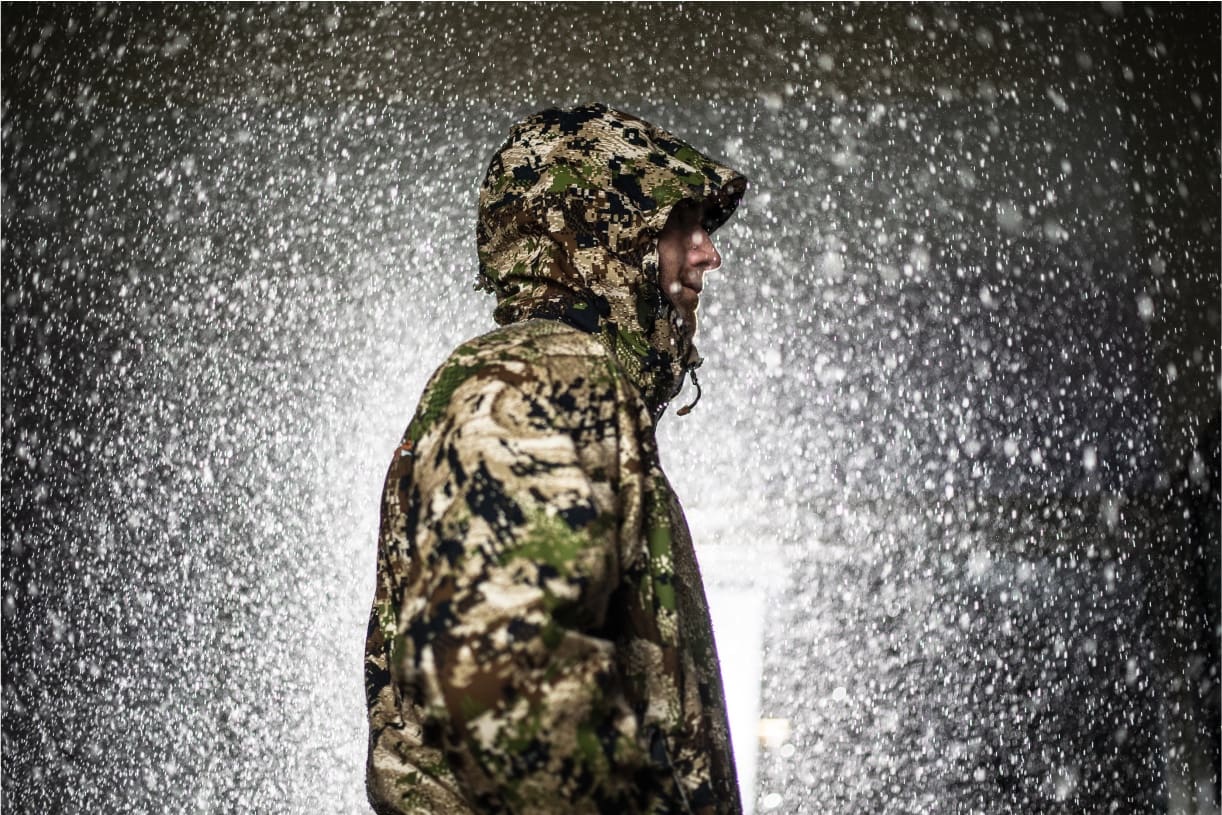
SSD: I use your clothing while hunting and if I had one complaint it’s that Sitka seems to over specialize. You offer so many choices, it’s almost overwhelming.
JH: Initially, I didn’t want the designers to know about the “state of the art” in hunting clothing. We started with a clean slate, where everything was performance driven. It took about five years for the copycats to start showing up.
We’ve taken a look at the line over the past few years and realize that the designers keep building more and more garments. Fortunately, they can be used for a lot of activities. Turns out, our customers aren’t as specialized as we thought. It’s a lot like my experience growing up and being involved in multi-sports. And, like I mentioned earlier, we’ve received small orders from the military over the years.
We are always re-evaluating the line to make sure we’re offering products with lots of features.
The same as goes for our clothing, is true for our OPTIFADE camouflage patterns. While they are optimized for use on certain types of hunts (terrain and how the eyes of game work), they do pretty well across a wide variety of environments.

SSD: Thanks a lot Jonathan for your time and insight. I can’t wait to see the new line.
JH: Thanks Eric. We changed the hunting industry, and now we’re setting out to change the military clothing industry.





